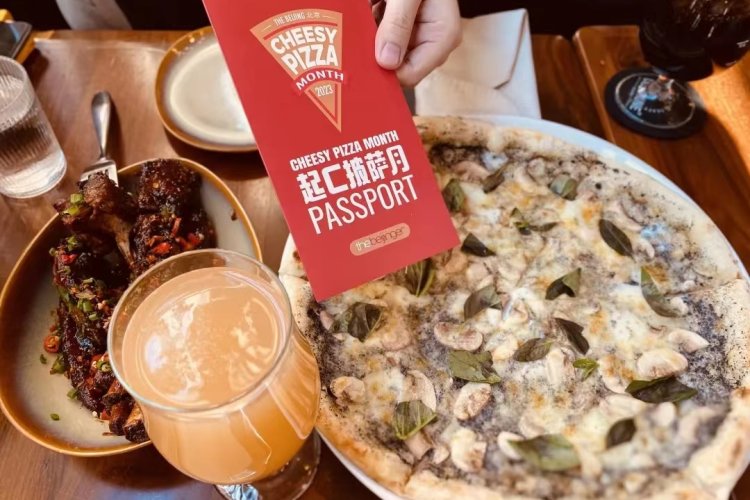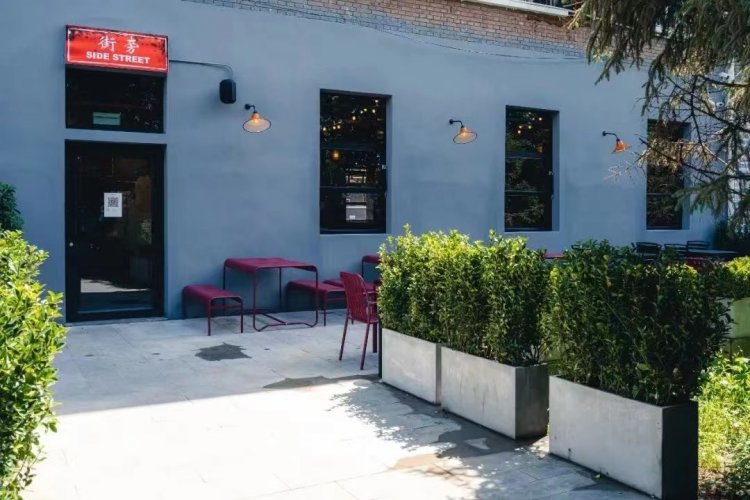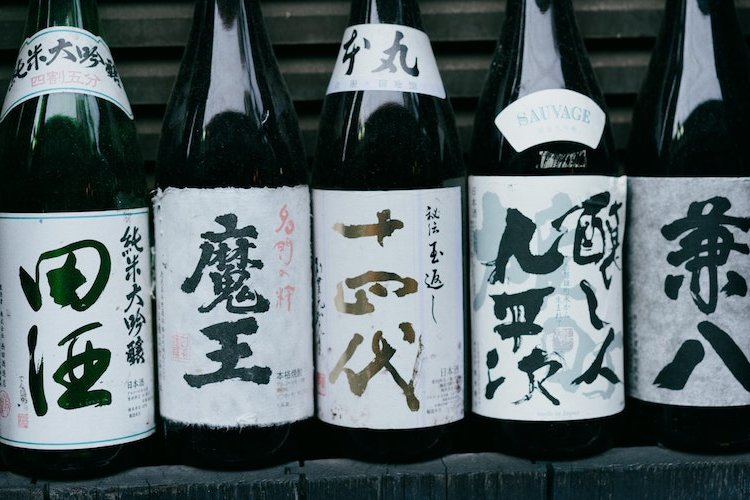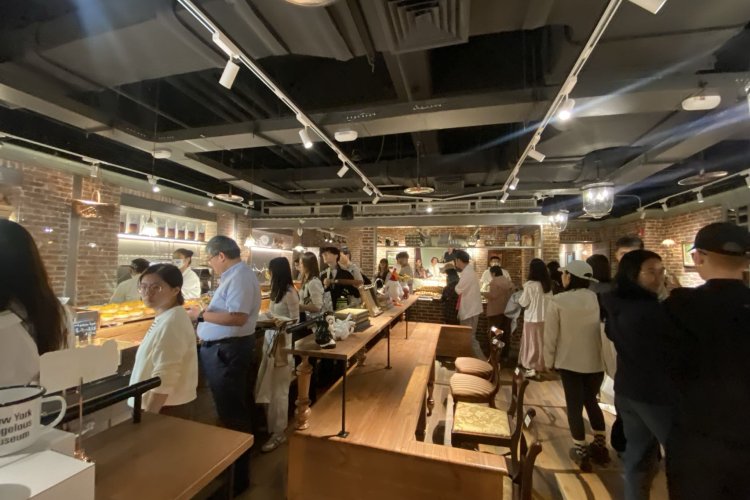A Taste of Home: Singapore
“A Taste of Home” is a regular magazine column in which we ask the natives of a particular country to introduce us to their national cuisine.
If you thought the Chinese take food seriously, for Singaporeans it’s a matter of life and death. If you don’t believe me, try lunch around noon at Lau Pa Sak on a Saturday. To prove the point, Tang Weng Chau from the Singaporean Embassy invited me along to the Xindong Lu restaurant with an assembled crew of Singaporean foodies (and one from Hong Kong). The Singaporeans see strength in numbers. “If there were just a few of us, we wouldn’t be able to finish all this food,” Tang laughs, as waitresses mill back and forth, loading our table with countless dishes.
According to our experts, Singaporean food is best typified by huge hawker centers hosting multitudes of food stalls. Billing itself as “authentic hawker’s food,” Lau Pa Sak attempts to distill that experience onto a single menu. Tang explains the difficulty of this approach: “In a hawker center, the hawkers all specialize in only one or two things, so the food is really good. But here, where they offer 30 or 40 different items, the quality can be a little bit uneven. You find that maybe they’re good in five or six items, but definitely not across the board.” The others assure me this is true of all Singaporean restaurants in Beijing.
“I think the laksa here is really good, and the carrot cake – those are the two items I go for every time I come here,” Tang enthuses. His friends agree that the laksa (RMB 40) is up to snuff. The noodles seem different to my own idea of what laksa should be, but the broth – a dry, grating spice and shrimpy scent – is solid. “Making laksa is a very cumbersome process,” suggests Peh Shing Huei, The Straits Times’ China bureau chief. “That’s why we go out to eat it,” Tang adds. “It’s tedious to prepare – even the broth requires a lot of prawns.”
Singapore’s “carrot cake” (RMB 38), juicy cubes of radish, fried and served with a chilli dip, bears some resemblance to the luobo gao served in dim sum restaurants. I don’t enjoy it as much as some other dishes, like the chicken curry or Hainan chicken rice (RMB 48), but my hosts insist it’s an essential dish at Lau Pa Sak.
Peh describes Hainan chicken rice as some thing approximating a national dish. But it’s as likely to divide its people as to unite them. “If you ask a group of Singaporeans,” Peh explains with some amusement, “we’d all disagree on which place does the best Hainan chicken rice. It’s like Peking duck – one person will like Da Dong, another Made in China, and so on.”
No sign of disharmony on this occasion, though – for this group, Lau Pa Sak’s chicken rice doesn’t quite make the grade. Peh sets out the criteria. “We judge it based on how fragrant the rice is. How tender the chicken is. And how good the chilli is. You might find a place with good chicken, but the rice isn’t good enough.”
The critiques are incisive and precise. “I would say the chilli isn’t good enough here,” says one voice. “Not spicy enough,” says another, adding: “ The rice isn’t fragrant enough either. But the chicken is tender – I think they’ve done a pretty good job with that.” Tang recommends Orchard 7 as his standby spot for Hainan chicken rice. “They do two or three things better than Lau Pa Sak. The chicken rice, then there’s this dish called hor fun – usually seafood, served with a gooey gravy.”
Peh introduces a Singaporean’s take on a familiar complaint. “You know that getting fresh seafood is very hard in Beijing,” he begins. “Compare that to Singapore, where there’s not only a lot of fresh seafood, but it’s also very cheap. When Anthony Bourdain came to Singapore, he rated this one tiny seafood restaurant as one of his ten best in the world.” Tang seems surprised by the anecdote, if not the point it illustrates.
For Beijing-based Singaporeans, trips home are as much about catching up with favorite foods as favorite family members. “We draw up a list of all the things we want to do – laksa on this street, chicken rice on that street – and check them off. That’s what we do when we go home,” Peh chuckles. For a nation this obsessive about their food, living in Beijing must be a kind of culinary martyrdom. That’s why, even if places like Orchard 7 and Lau Pa Sak only excel in five or six dishes, these restaurants offer an essential lifeline for their food-crazed community.
Lau Pa Sak. Daily 11am-11pm. 7 Xindong Lu, Chaoyang District (6417 0952) 老巴刹 ,朝阳区新东路7号
Click here to see the December issue of the Beijinger in full.
Photos: Sui






